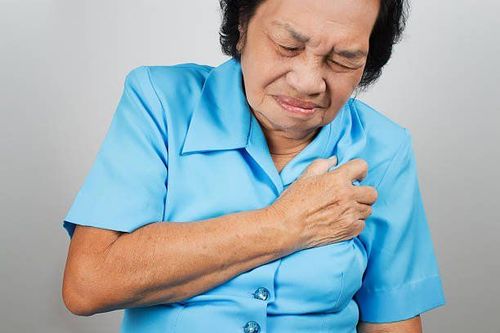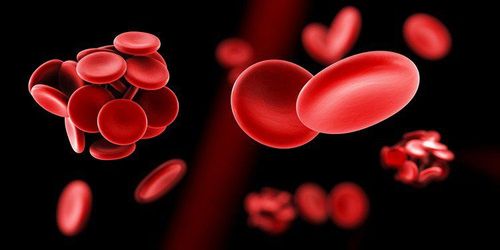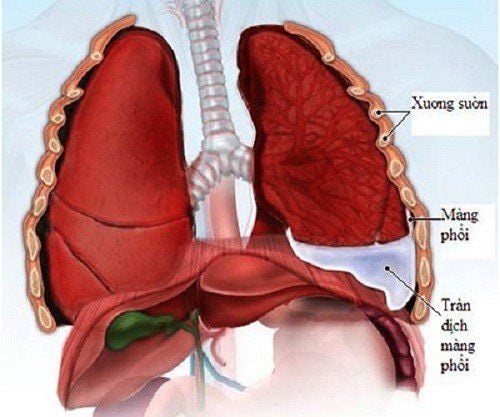This is an automatically translated article.
The article was written by Master, Doctor Tran Thi Diem Trang - Department of Examination & Internal Medicine - Vinmec Central Park International General HospitalThe signs of pulmonary embolism and the severity of the disease depend on the number of blood clots, the size of the blood clots large or small, the location of the blood clot in the lungs, the general health of the patient. , does the patient have underlying medical conditions prior to pulmonary embolism?
1. What is pulmonary embolism?
Pulmonary embolism is also known as pulmonary embolism. It is one of a group of thromboembolic diseases caused by blood clots. A blockage in a blood vessel in the lungs occurs suddenly when blood clots travel from another part of the body (mostly the legs) to the lungs. Pulmonary embolism often co-occurs with deep vein thrombosis, so medical professionals often refer to these two diseases as venous thromboembolism.
2. Signs of pulmonary embolism

As mentioned, the symptoms of pulmonary embolism depend on the number and size of blood clots and also the health status of the patient at that time. There are many cases of pulmonary embolism with no symptoms at all. Patients are only discovered when there are complications of pulmonary embolism or accidentally discovered during periodic health check-ups.
In cases of symptomatic pulmonary embolism, the patient may have the following signs:
Shortness of breath: it may be mild or severe, even very severe leading to respiratory failure Chest pain, sensation sharp pain when inhaling. The patient cannot take a deep breath, the deeper the breath, the more painful it is Coughing up blood Mild fever Tachycardia. In case of severe pulmonary embolism, patients may experience symptoms such as:
Respiratory failure Sharp pain in the middle of the chest through the sternum Body fatigue, no strength, often dizzy. It is caused by a large blood clot that interferes with the pumping and circulation of the heart, leading to a drop in blood pressure. In very severe cases, the patient can experience cardiac arrest leading to death (rarely). In case of deep vein thrombosis, patients may experience symptoms such as:
Sudden calf pain Calf muscle pain Swelling of the feet or swelling of one leg The calf skin is red, hot, bruises on the skin . Pulmonary embolism can be completely cured if treated early. But if detected late, the patient can face dangerous, even life-threatening complications. Therefore, it is necessary to pay special attention to health, regularly go for regular health check-ups, if you see any abnormal signs, you should go to the doctor as soon as possible.
3. Living habits to limit the progression of pulmonary embolism

People with pulmonary embolism, in addition to medical treatment, should combine it with lifestyle changes and living habits. Even after successful treatment of pulmonary embolism, patients should also adopt these habits to prevent recurrence of the disease. Including:
Follow-up appointments on time so that doctors can control the disease, promptly detect abnormal developments Take the right dose, according to the doctor's instructions. Do not arbitrarily stop smoking, do not arbitrarily buy drugs without the doctor's permission Limit lying down for too long Exercise regularly, regularly move Do not smoke, do not use stimulants Weight control If you are overweight, you need to lose weight if you are obese. Try to keep your toes higher than your hips when lying down or sitting. Do not wear clothes that are too difficult to prevent blood circulation. Currently, at Vinmec International General Hospital, fibrinolysis is being applied to emergency treatment of patients with pulmonary embolism. With modern imaging equipment, CT perfusion results are available within 7 minutes and performed routinely. The technique is performed by a team of qualified, experienced doctors and modern equipment and professional services.
Please dial HOTLINE for more information or register for an appointment HERE. Download MyVinmec app to make appointments faster and to manage your bookings easily.














